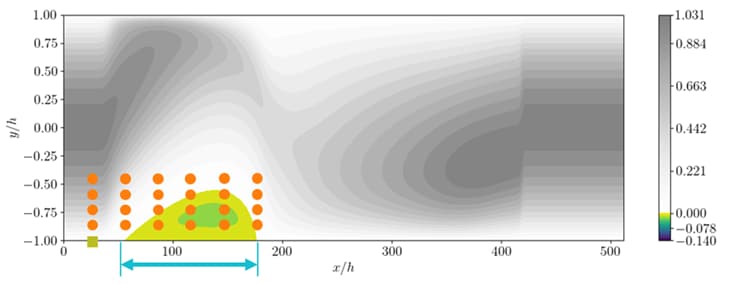DeepTurbulence subproject: Using Machine Learning for controlling turbulent flow

Guastoni, Ghadirzadeh, Rabault, Schlatter, Azizpour, Vinuesa, “Deep Reinforcement Learning for Active Drag Reduction in Wall Turbulence”, American Physics Society, 2021.
In this paper, a new direction for using deep reinforcement learning (DRL) for flow control is presented. The work encompasses preparing the DRL environment using a two-dimensional (2D) as well as a three-dimensional (3D) fluid-flow case that can be run on clusters of CPUs. The work was presented at the American Physics Society (APS) November 2021 in the US. In this project we explore the possibility of using DRL to first reduce the separation length in a 2D recirculation bubble. Being able to reduce separation is of extreme importance for aeronautical applications, since separated regions have important implications in both lift and drag of wings. Our results show that using DRL enables discovering novel control strategies, more refined that those based on classical theory. In particular, when comparing the DRL-based control with the classical periodic forcing, we obtain a separation-length reduction of 30%, outperforming the classical approach which leads to a 20% reduction. The DRL-based control emulates active flow control based on blowing and suction. The 3D case is a turbulent channel flow, where we also show that DRL has the potential to outperform the classical method (in this case, opposition control). In particular, the DRL control obtained in a minimal channel can be applied to a full channel, leading to enhanced drag reduction. These results pave the way to the application of DRL to control even more complex flow configurations, with important implications towards a more sustainable air travel.




